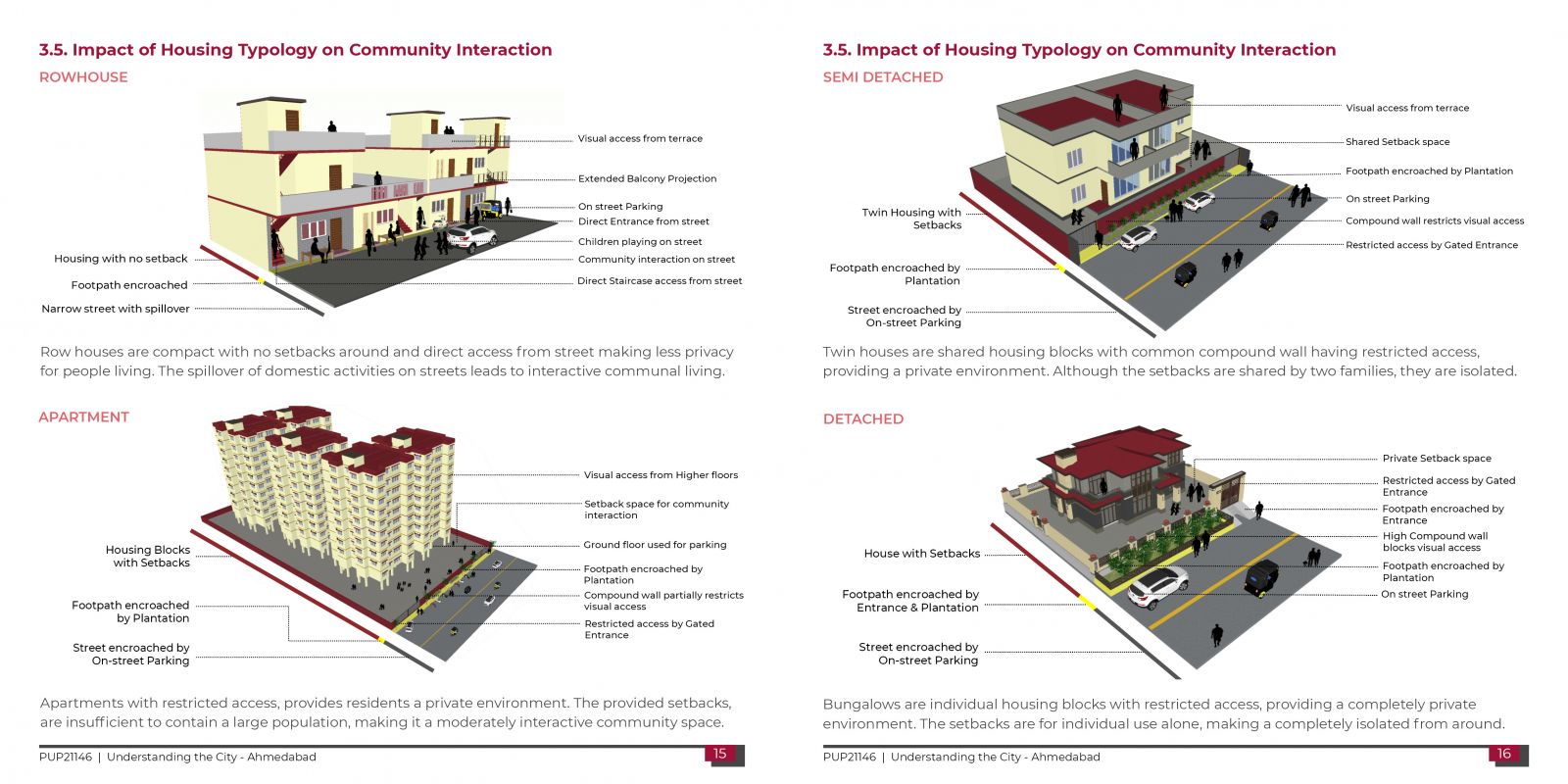- Student ISHWARYA S
- Code PUP21146
- Faculty Planning
- Tutor/s Rutul Joshi,Umesh Shurpali,Ravi Sannabhadti,Anil kumar Roy,Nitika Bhakuni,Vanishree Herlekar,Narendra Mangwani,Rujul Dipak joshi,Arjun Joshi,Tarun Patel,Rushil Palavajjhala
- TA Jacob Baby,Navnit Sourirajan,Giby Abraham,Shreesha Arondekar,Amrutha Balan,Gunjan Jangid,Mallika Sehgal,Sreedevi Kurur,Swashya Suresh,Tamanna Parvin,Aishwarya Shekar
Urbanization has led to a drastic change in the environment of the cities. Ahmedabad has seen exponential growth in the sectors of industrial and commercial development since 1950’s. It has attracted population from other areas to the urban area of Ahmedabad. This growth in population has changed the spatial dimension of the city which resulted in its expansion. The built-up area has developed faster since 1980’s and is rapidly increasing every year. However, in certain places, the rate of change is expeditious, particularly in the eastern periphery. The possible contributing factor behind this change has been the penetration of developmental activities, the proliferation of new industries and factories along the eastern periphery of the city. Although Ahmedabad is known for its sustainable approach towards urbanisation, an inadequate management of urban expansion in the eastern periphery has led to unsustainable production and consumption pattern. To understand the factors influencing the transition of eastern peripheral area and its effects on lives of people, a precinct of one square kilometer in Odhav-Nikol region has been studied. It’s lies in the eastern fringe of city and is 13km away from city center. Odhav is a low rise residential area lying close to Odhav Industrial Estate. Nikol is an adjoining residential area developing recently. Being an affordable living choice, the region has undergone rapid transition from a sparsely built area to a dense residential neighbourhood in past four decades.









